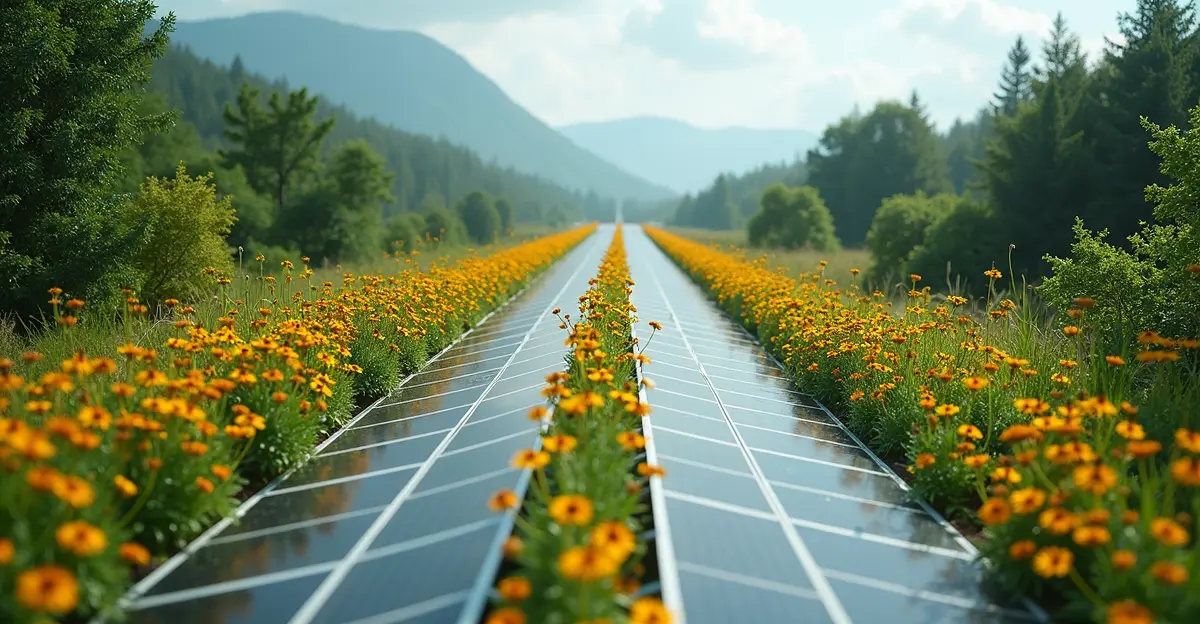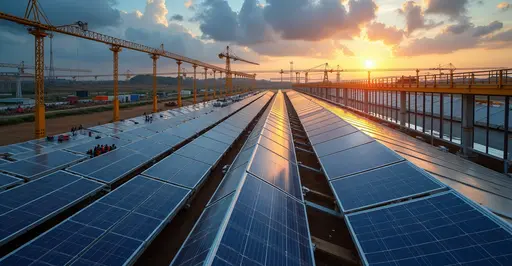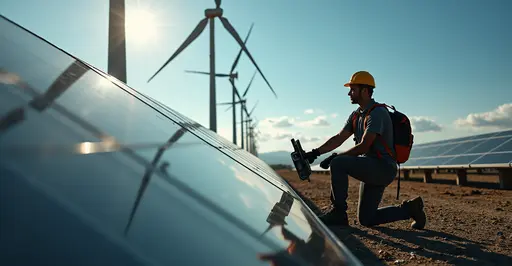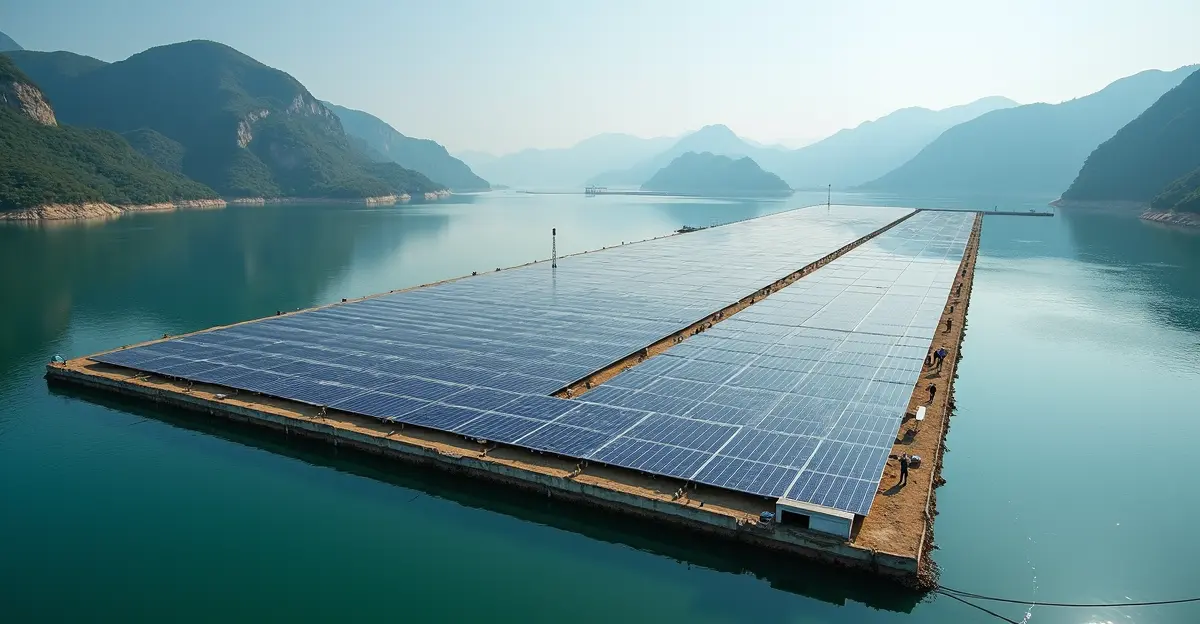
Revolutionizing Road Infrastructure with Dual-Purpose Technology
Transportation infrastructure is undergoing a remarkable transformation as innovative green highway projects combine solar energy generation with ecological restoration. These pioneering initiatives are creating roads that not only facilitate travel but also generate clean energy and support biodiversity.
Solar-Powered Roadways: The Future of Energy Generation
Solar panel road technology represents a groundbreaking approach to renewable energy infrastructure. These specialized solar panels are designed to withstand vehicle traffic while converting sunlight into electricity. The concept involves embedding photovoltaic cells within durable, transparent surfaces that can handle the weight and wear of daily traffic.
Recent pilot projects have demonstrated that solar roads can generate significant amounts of electricity. A typical one-kilometer stretch of solar roadway can produce enough energy to power approximately 50 households annually. This technology turns otherwise unused road surfaces into productive energy-generating assets, helping municipalities and states meet renewable energy targets.
Pollinator-Friendly Roadside Habitats
Complementing the solar energy aspect, green highway projects are incorporating native pollinator-friendly plants along road corridors. These carefully selected vegetation zones provide crucial habitats for bees, butterflies, and other pollinators whose populations have been declining globally.
The strategic planting of milkweed, wildflowers, and other native species creates ecological corridors that support biodiversity while requiring less maintenance than traditional grass medians. These plantings also help with soil stabilization, water management, and carbon sequestration, making them multifunctional assets for sustainable infrastructure.
Pilot Projects Leading the Way
Several countries and states have launched pilot programs to test the viability of green highway concepts. France installed the world's first solar panel road in 2016, while the Netherlands has been experimenting with solar bike paths. In the United States, states like Georgia and Missouri are testing solar road technologies on smaller scales.
These pilot projects are providing valuable data on durability, energy production efficiency, and maintenance requirements. Early results suggest that while the technology shows promise, challenges remain in terms of cost-effectiveness and long-term performance under various weather conditions.
Environmental and Economic Benefits
The dual approach of solar energy generation and pollinator habitat creation offers numerous benefits. Environmentally, these projects reduce carbon emissions, support biodiversity, and create more sustainable transportation infrastructure. Economically, they can generate revenue through energy production while potentially reducing maintenance costs associated with traditional road surfaces.
Additionally, green highways contribute to climate resilience by reducing the urban heat island effect and improving stormwater management through permeable surfaces and vegetation that absorb rainwater.
Future Prospects and Challenges
As technology advances and costs decrease, green highways could become more widespread. Researchers are working on improving the efficiency and durability of solar road panels while developing better planting strategies for roadside habitats.
Challenges include the initial investment costs, technical hurdles related to panel durability under heavy traffic, and the need for standardized regulations and implementation guidelines. However, the potential benefits make green highways an exciting frontier in sustainable infrastructure development.

 Nederlands
Nederlands English
English Français
Français Deutsch
Deutsch Español
Español Português
Português







